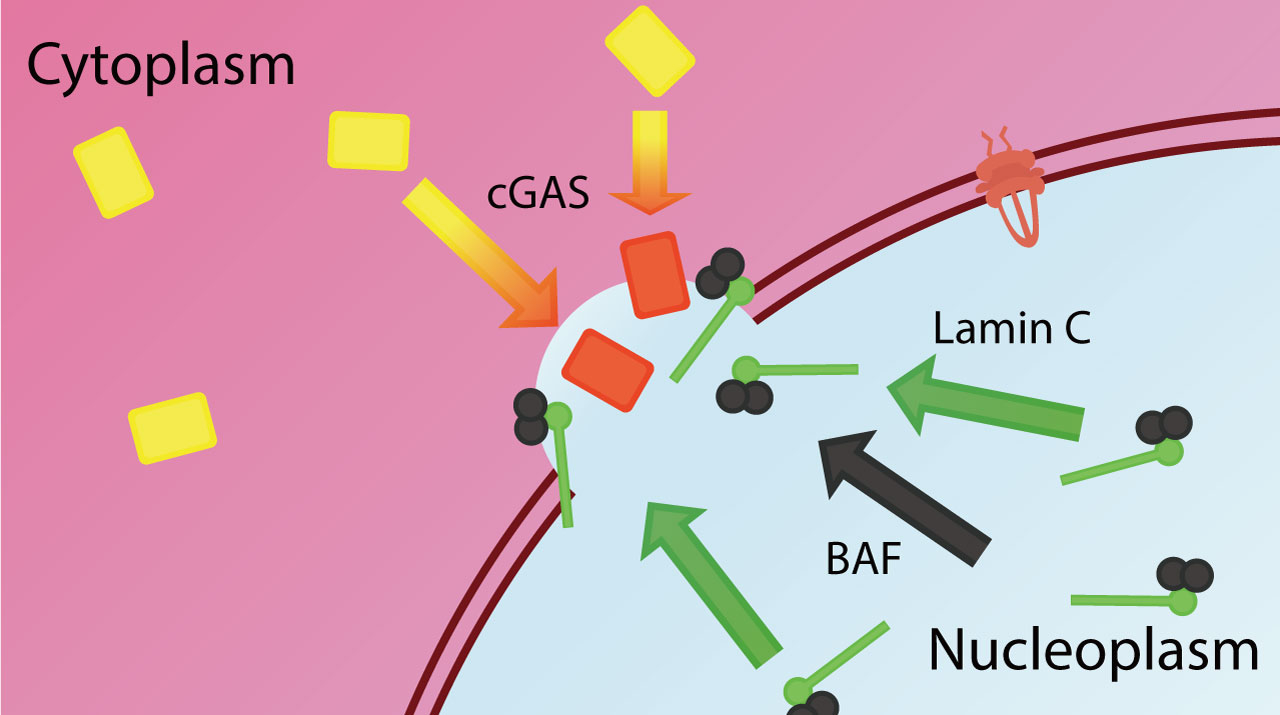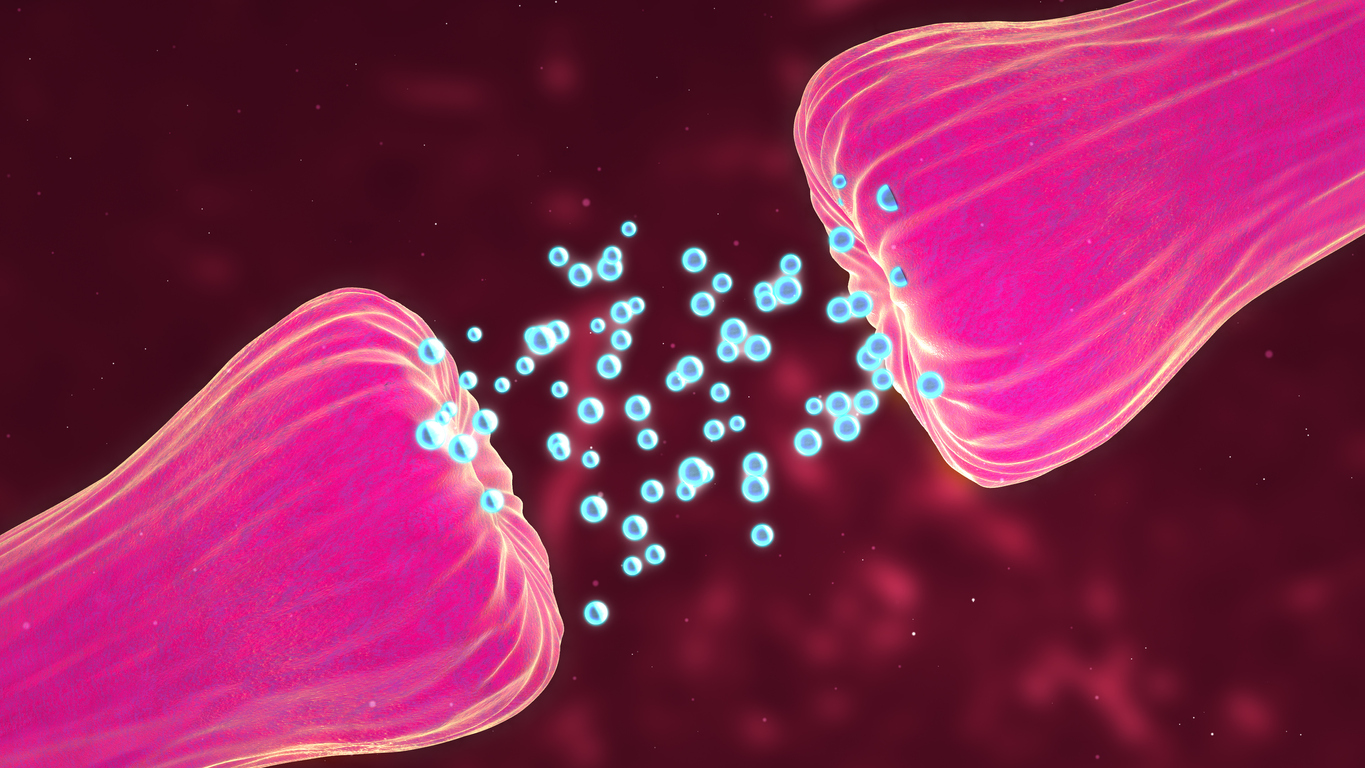In both type 1 and type 2 diabetes, blood sugar levels rise because the body either doesn’t produce enough endogenous insulin, the hormone needed to absorb glucose from the bloodstream, or it can’t use the insulin it produces or both.
Diabetes can be managed with insulin shots and blood-sugar-lowering medications, but it cannot be cured.
Cellular regeneration in the pancreas.
One possible fix according to the authors of the study may be a medication that manages blood sugar by boosting the number of insulin-producing pancreatic cells.
They investigated a variety of substances, using zebrafish as a model.
The researchers discovered their compound interacts with the MNK2 protein by studying numerous chemical interactions in yeast cells. According to zebrafish and cell culture studies, the molecule alters how messenger RNA (mRNA) is translated and enhances protein synthesis, both of which are required for the production of new cells. In addition, the chemical-fed zebrafish exhibited lower blood glucose levels than the control group.
The study also found that the chemical can cause human organoids (organ-like cell formations) to produce more insulin and pig pancreas cells to develop more quickly.
Investigating human tissues.
The chemical in question was discovered through zebrafish research, making it a potential future model for studying a wide range of diabetic treatments. Because fish embryos are transparent, it’s simple to observe how they develop and change under a microscope. Only one islet of Langerhans (a collection of cells) exists in zebrafish larvae. This makes it easier to research how new cells are formed once the number of cells is lowered, similar to how type 1 diabetes begins.
The research was funded in part by the European Research Council, the Swedish Research Council, the Ragnar Soderberg Foundation, the Novo Nordisk Foundation, the Strategic Research Programme in Diabetes (SRP Diabetes) at Karolinska Institutet, and the Strategic Research Area in Stem Cell Research and Regenerative Medicine at Karolinska Institutet (StratRegen).
Story Source: Original press release by Karolinska Institutet. Note: Content may be edited for style and length by Scible News.
References
Christos Karampelias, Kathleen Watt, Charlotte L. Mattsson, Ángel Fernández Ruiz, Habib Rezanejad, Jiarui Mi, Xiaojing Liu, Lianhe Chu, Jason W. Locasale, Gregory S. Korbutt, Meritxell Rovira, Ola Larsson, Olov Andersson. MNK2 deficiency potentiates β-cell regeneration via translational regulation. Nature Chemical Biology, 2022; DOI: 10.1038/s41589-022-01047-x







